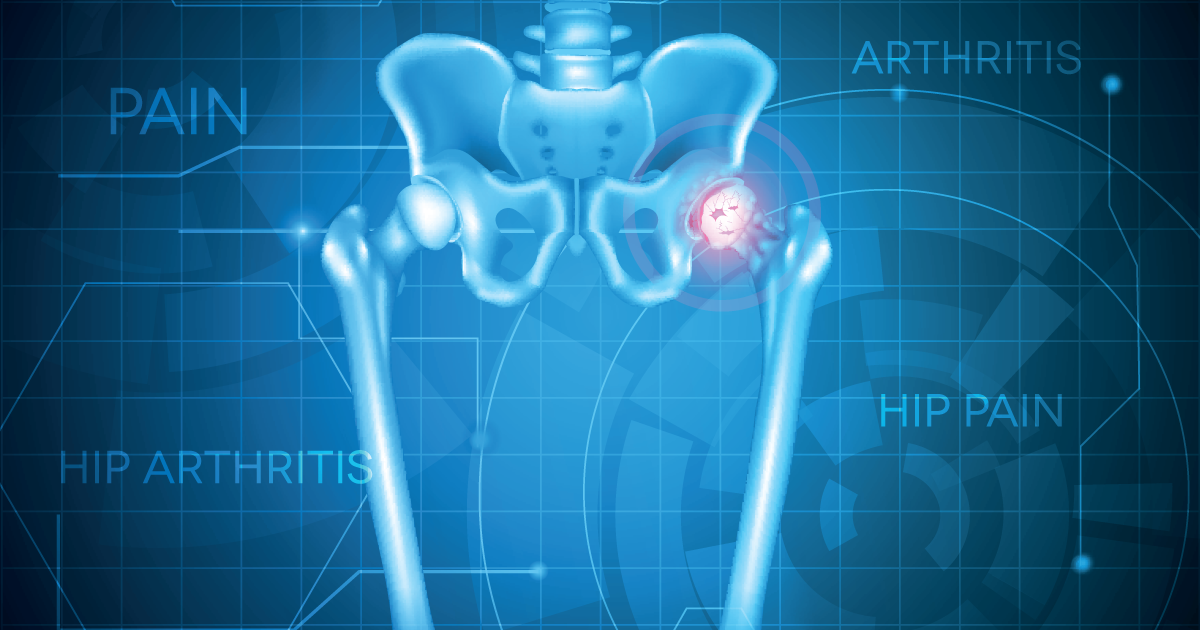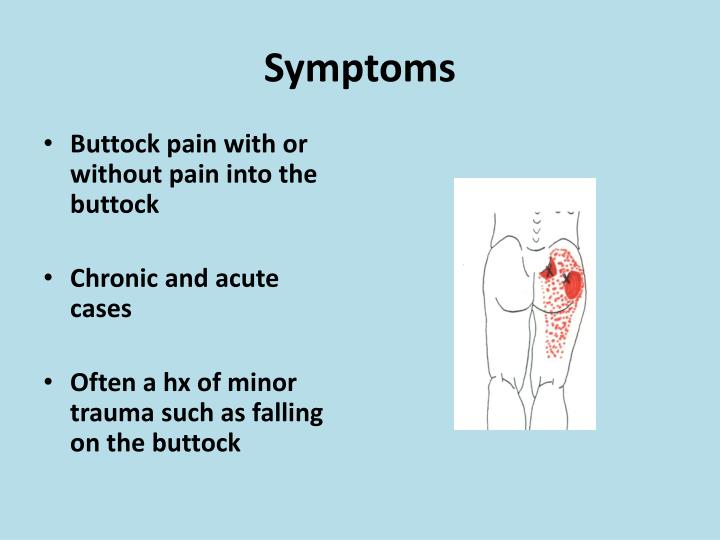Occasional Hip Pain
- Occasional Shooting Hip Pain
- Occasional Hip Pain Walking
- Occasional Pain In Hip
- Sharp Hip Pain When Sitting
- Sharp Hip Pain When Walking
:max_bytes(150000):strip_icc()/hippainfinal-01-5c86a585c9e77c0001422f94.png)
Hip and leg pain can stem from numerous causes and range from mild, intermittent pain, to debilitating pain that prevents you from getting out of bed. Sudden trauma or slow degeneration from a disease like arthritis or simply age also cause hip and leg pain. Pain in the front of the hip joint is very painful with walking, flexing the hip and getting up from a seated position. It may be accompanied by a click or shifting sensation. It’s important to get it evaluated by a physical therapist sooner rather than later.
The symptoms of hip impingement can vary from person to person, but tend to arise gradually, over days, weeks, and months. Exercise is not a cause of hip impingement, but it can make symptoms worse.1

The symptoms of hip impingement, including hip pain and decreased range of motion, are described in detail below. People experiencing severe hip pain and people who have mild to moderate hip pain lasting more than a few weeks are encouraged to contact a medical professional.
Hip Pain
People with hip impingement often report:
- Intermittent pain in or around the hip and groin. This pain will come and go with certain activities. Over time the pain may become more frequent.
- Sharp pain in the groin after certain movements, such as:
- Squatting down
- Twisting
- Pivoting, particularly pivoting to the affected side
- Getting into or out of a car
- Sitting down or getting up from a chair
- A dull ache at the hip or groin when at rest, particularly after:
- Prolonged sitting
- Prolonged walking
- A workout
See Hip Pain Causes Video
A person with hip impingement may have one, some or all of these painful symptoms. For example, one person may experience intermittent pain during workouts and when pivoting. Another may only feel a dull ache after a long walk.
Additional Hip Impingement Symptoms
In addition to hip pain, a person with hip impingement may experience:
- Loss of range of motion, particularly when rotating the hip inward or moving the leg toward the centerline of the body.
- Stiffness around the hip, making movements slower or more difficult.
- Trouble going up stairs. Changes to the hip’s range of motion may change a person’s natural gait while climbing stairs.2
- Decreased muscle strength around the hip.3
- A loss of balance. Balancing on the affected leg may be more difficult than balancing on the unaffected leg.3
- Limping. In moderate to severe cases of hip impingement, hip pain and other symptoms may cause a person to walk with a limp.
Most people experience a loss of range of motion in the hip. The other symptoms may or may not occur depending on the severity of the impingement and how long it has gone untreated.

References
- 1.Byrd JWT. Femoroacetabular Impingement. OrthoInfo, American Academy of Orthopaedic Surgeons. Last reviewed November 2016. Accessed June 2, 2017.
- 2.Diamond LE, Dobson FL, Bennell KL, Wrigley TV, Hodges PW, Hinman RS. Physical impairments and activity limitations in people with femoroacetabular impingement: a systematic review. Br J Sports Med. 2015;49(4):230-42.
- 3.Freke MD, Kemp J, Svege I, Risberg MA, Semciw A, Crossley KM. Physical impairments in symptomatic femoroacetabular impingement: a systematic review of the evidence. Br J Sports Med. 2016;50(19):1180.
Pain above the left hip can be confusing to a lot of people. Many individuals who experience this pain wonder whether it is right in the hip itself or actually coming from the stomach.
Pain above the left hip can sometimes be above the hipbone on the left side, which is associated with abdominal discomfort, or it can be hip pain on left side near the back and be linked to back pain. As you read on, you will discover left hip pain causes.
There are cases where the pain can be superficial (just under the skin or just above the skin). There can also be cases where left hip pain is much deeper and can indicate a problem with organs that are in that general area.
Organs located above left hip
At the lower part of our abdomen is a bone at the sides on top of the pelvic area. This bone is our hip. In reality, our hip lies lower – to the side and slightly in front of our buttocks. The area most people refer to as the hip is technically the lower abdomen. Since the upper part of the pelvic bone lies within the abdominal area, any organs in this region can be possible causes of pain on left side above hip. Some of the organs include the descending and sigmoid colon, the left ureter, as well as the left ovary and fallopian tube in females. It is also important to know that the small intestine, which is the longest part of our digestive tract, is coiled in the abdominal cavity.
What causes pain above left hip
Left hip pain can be difficult to cope with since it is not only uncomfortable, but can slow you down. The National Institutes of Health report that people who experience pain associated with the hip may feel discomfort in the hip joint, the middle of the thigh, the groin, or pelvis area.
Occasional Shooting Hip Pain
The following are causes of pain above the left hip:
Dislocation
Upper left hip pain can be due to a dislocated hip. The American Academy of Orthopaedic Surgeons states that a dislocated hip happens when the head of the femur of the thighbone slips out of the hip joint. Dislocating a hip can cause severe pain and immobility. It can also damage surrounding nerves. A fall or car accident can lead to a dislocated hip.
Hip bursitis
This is the swelling and inflammation of a fluid-filled sac between ligament or tendons and bone. It can reduce friction between these structures during mobility. There are several different types of hip bursitis. The most common hip bursitis is trochanteric bursa. This is located on the outside of the upper hip. This type of bursitis can happen as a result of an injury or due to excessive friction from repetitive movement. Pain usually radiates from the hip area down to the outer thigh.
Avascular necrosis
Also known as osteonecrosis, this left side pain above the hip is best described as the death of bone tissue. Essentially, the bone tissue dies because there has been insufficient blood supply. Avascular necrosis complications include fractures and bone collapse. How does avascular necrosis happen? It’s believed that joint dislocation, some steroid medications, and alcoholism are to blame.
Abdominal wall
If soft tissue, such as skin, muscles, fat, and fascia get strained or injured, left hip pain can come from the abdominal wall. There are also diseases and disorders that can cause the pain to arise from the upper portion of the pelvic bone. When a portion of the intestine gets trapped within a hernia, which is called strangulated hernia, it can cause bowel damage and extreme pain. Abdominal wall problems can include symptoms such as bruising and swelling.
Colitis
Inflammation of the lining of the colon can cause pain in the left hip area. Colitis is associated with a long list of uncomfortable symptoms, including abdominal pain, diarrhea, bloating, and blood in stools. The inflammation from colitis can be due to infection, loss of blood supply to the colon, or inflammatory bowel disease.
Inflammatory bowel disease
This term covers a number of disorders that involve chronic inflammation in the digestive tract. Ulcerative colitis, as outlined above, as well as Crohn’s disease are both classified as inflammatory bowel diseases. With Crohn’s disease, inflammation often spreads deep in tissues.
Diverticulitis
This is a condition that involves bulging pouches forming in the lining of the digestive system. These pouches are called diverticula and are mostly found in the lower part of the colon. Sometimes diverticula become inflamed or infected and cause severe abdominal pain. Fever, nausea, and changes in bowel habits can also occur with diverticulitis. Severe diverticulitis may require surgery.
Colorectal cancer
Cancer starts when cells begin to grow out of control. This can happen in nearly any part of the body, including the colon or the rectum. Colorectal cancer can cause discomfort that feels like pain on the left side above hip. Colorectal cancer is the second leading cause of death in the United States.
Occasional Hip Pain Walking

Colon polyps

These are growths in the inner lining of the large intestine (colon) that protrude into the colon. Polyps form when genetic material mutates. Usually, immature cells in the colon divide, mature, and die, but sometimes, genetic changes don’t allow the cells to mature and die off. This leads to abnormal cells, which eventually turn into polyps. The chance of getting colon polyps increases as we age.
Irritable bowel syndrome
IBS is a common, chronic health problem that impacts the large intestine. Those who suffer from IBS often complain about abdominal pain, bloating, gas, diarrhea, and constipation. Many people are able to manage this syndrome with diet and lifestyle adjustments.
Intestinal obstruction
This is a blockage that prevents food or liquid from passing through the small intestine. A blockage can be from adhesions that form after surgery, an inflamed intestine, diverticulitis, hernias, or colon cancer. Intestinal obstruction requires immediate medical attention.
Ureteritis
The ureter is a duct that allows urine to pass from the kidney to the bladder. Ureteritis means that the ureter is inflamed. Ureteritis is rare and is linked to cystitis or pyelonephritis. Cystitis is inflammation of the bladder. Pyelonephritis is inflammation of the kidney.
Ureteral stones
These are a mineral mass in the ureter. They can originate in the kidney and travel down into the ureter. They form when particles of minerals in the urine crystallize. Small stones can pass through the ureter and out of the body without a person noticing, but if they are large, they can get stuck in the ureter and obstruct urine flow.
Ureter stricture
This is when a portion of the ureter becomes narrowed. It can be congenital, the result of scarring from surgery, or scarring from urinary stones. Some ureter strictures have been linked to cancer.
Occasional Pain In Hip
Polycystic ovary syndrome
Sharp Hip Pain When Sitting
PCOS is a hormonal disorder that is common in women in their reproductive years. Women who suffer from this syndrome may have irregular menstrual periods or excess male hormone levels. The ovaries may develop small collections of fluid and fail to release eggs. The exact cause of PCOS is still being investigated.
Endometriosis
This is a painful disorder whereby tissue that lines the inside of the uterus grows outside the uterus. It involves the ovaries, fallopian tubes, and hip. With this condition, endometrial tissue has no way to exit the body and becomes trapped. Surrounding tissue becomes irritated and eventually develops scarring or adhesions that can lead to organs sticking to each other. Endometriosis can cause fertility problems along with severe pain.
Pain above the left hip can be intermittent or it can be constant. Often times, people assume that they have simply twisted or moved the wrong way and that the discomfort will correct itself. There are situations where it can be the first sign of something more serious. If you experience severe pain that just won’t go away, or other symptoms such as changes in bathroom habits, fever, difficulty walking, difficulty urinating, fever, skin discoloration, or nausea, see a doctor. In the majority of cases, a full physical examination and proper diagnosis will get you on the right path to being pain-free and healthy again.
Sharp Hip Pain When Walking
Related: